- Author: Cathy
1. What is leather?
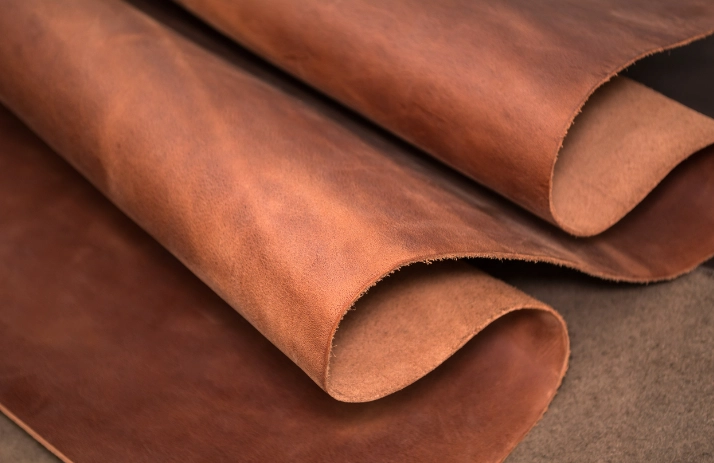
Why is leather popular for laser engraving?
Leather is popular for laser engraving due to its unique characteristics:
Versatility: Leather can be used for a wide range of products, from fashion accessories to home decor, making it a versatile material for customization.
Aesthetic Appeal: Laser engraving enhances the natural beauty of leather, allowing for detailed designs that add a premium, personalized touch.
Durability: Engraved designs on leather are long-lasting, as leather is a durable material that ages well, often developing a desirable patina over time.
Customizability: Leather’s responsiveness to laser engraving allows for precise and intricate patterns, making it ideal for creating unique, custom products.
Wide Availability: Leather is available in various types and finishes, providing ample options for different engraving projects and consumer preferences.
2. What kind of leather is suitable for laser engraving?
Full Grain Leather
As the highest quality leather, the full grain leather is made from the top layer of the hide with minimal processing. It is extremely durable and strong, making it ideal for long-lasting products. When laser engraved, full grain leather offers deep, clear engravings that showcase the natural grain. However, it is expensive and can be more challenging to work with due to its thickness and stiffness.
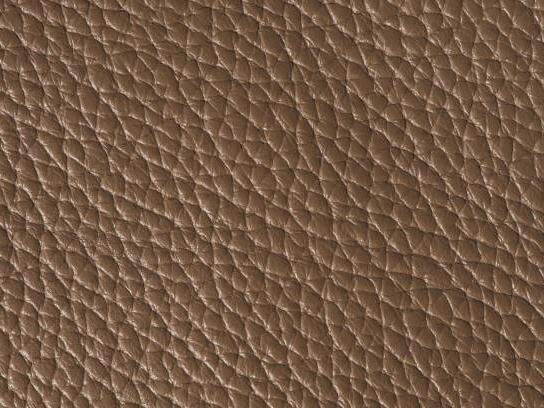
Top Grain Leather
Top Grain Leather is the second-highest grade of leather, where the surface has been sanded and treated to remove imperfections. It offers a smooth surface that engraves well, providing a consistent and clean finish. It is more affordable than full grain leather, but it is less durable since the top layer has been removed. Additionally, it may not develop as rich a patina as vegetable-tanned leather.
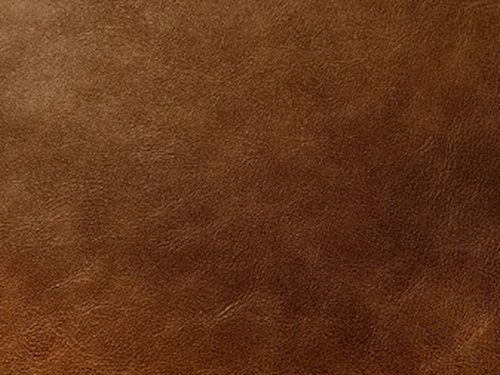
Synthetic (Artificial) Leather
It is made from synthetic materials like polyurethane (PU) or polyvinyl chloride (PVC) designed to mimic natural leather. It is affordable and comes in a wide range of colors and finishes, with a consistent surface texture that makes it easy to engrave. However, the results can vary depending on the material, as some synthetic leathers may melt or distort under the laser. Additionally, it may emit harmful fumes during engraving, so proper ventilation is necessary.
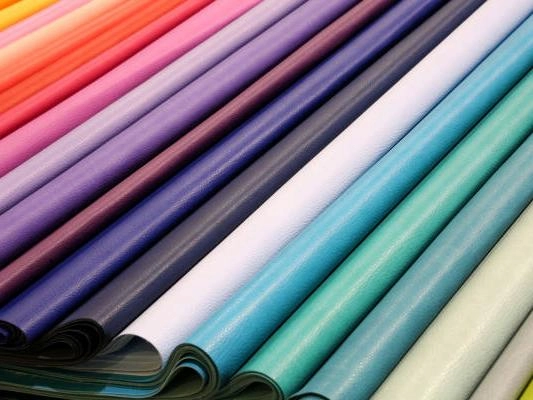
3. What is the best leather for laser engraving?
Vegetable-tanned leather is the top choice for laser engraving due to its excellent response to the laser, producing detailed and aesthetically pleasing results. It is tanned using natural tannins derived from plants, such as oak, chestnut, or other tree barks. The process is slower and more traditional, resulting in a firmer leather.
The engraved vegetable-tanned leather develops a rich patina over time, which enhances the appearance of the engraving. It’s also durable and environmentally friendly, making it the preferred option for high-quality leather products. However, it is generally more expensive than other types of leather. It also takes longer to produce, which can affect availability.
- Clear and Detailed Engravings: Produces sharp, precise engraving results.
- Natural Patina: Develops a rich patina over time, enhancing the design.
- Durability: Strong and long-lasting, ideal for high-quality products.
- Eco-Friendly: Uses natural, plant-based tannins, making it environmentally sustainable.
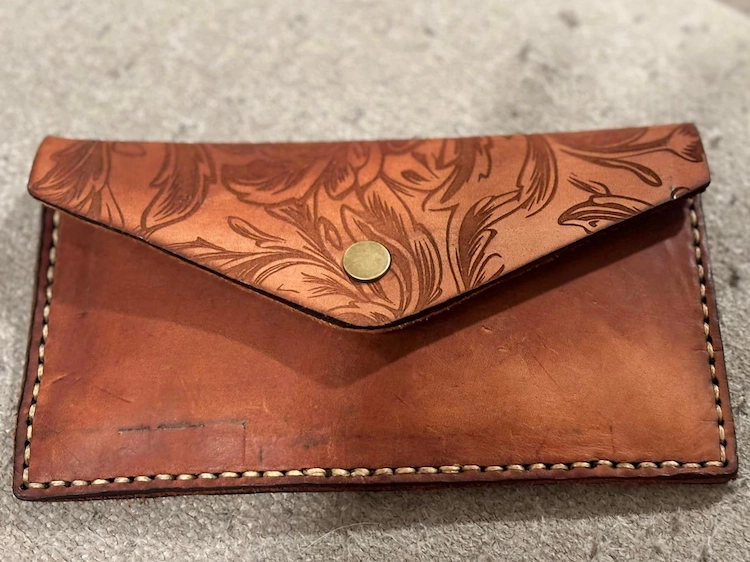
Other choices for laser engraving leather
For durability: Full Grain Leather provides excellent durability and deep engraving potential.
Budget-friendly: Top Grain Leather and Synthetic Leather are more affordable options but may compromise on longevity or engraving depth.
4. Create colorful products with laser engraved leather!
Wallet
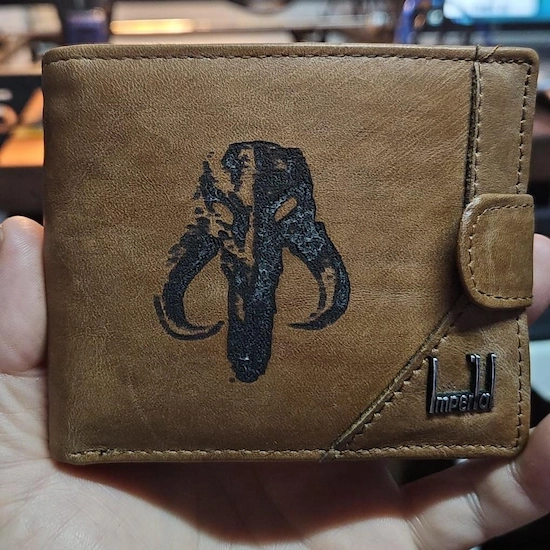
Photo engraving
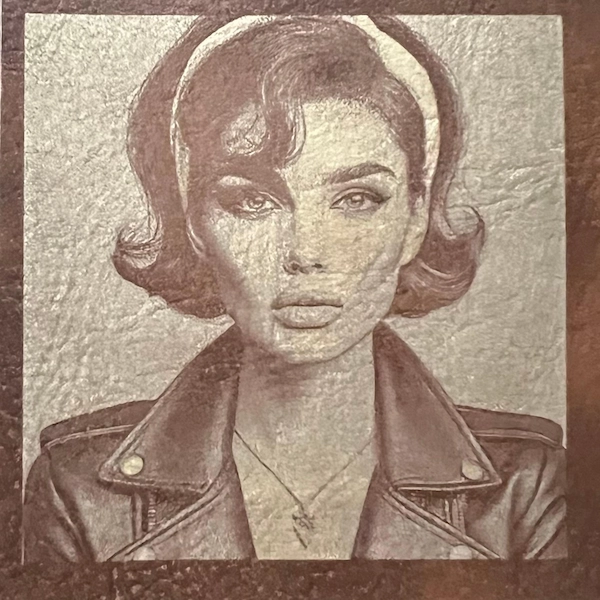
Hat patches
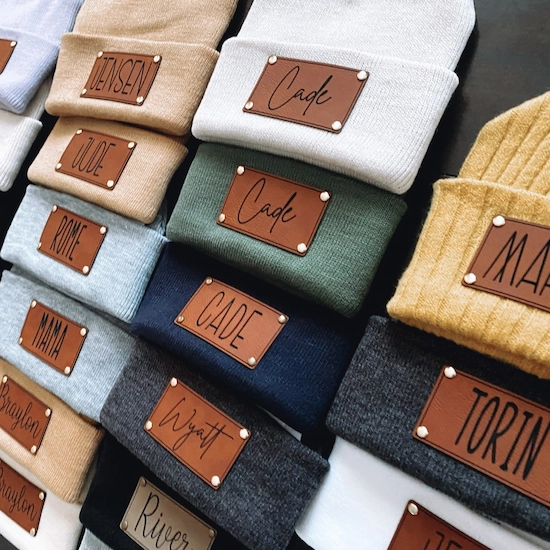
Accessories
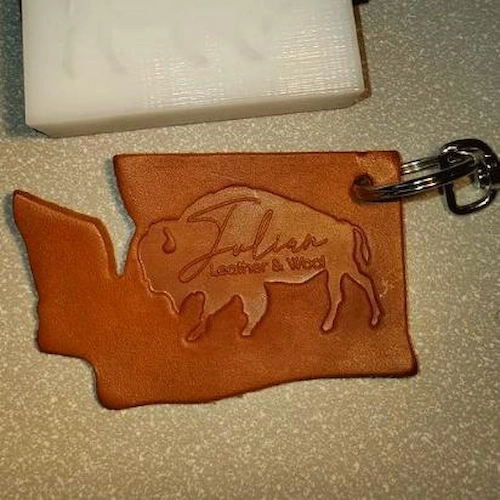
5. How to store leather for laser engraving?
1. Maintain a cool, dry environment
2. Heat insulation
3. Store flat or roll it
4. Use breathable covers
5. Prevent insect and rodent bites
6. Where to buy leather sheets for laser engraving?
Specialty leather suppliers
Local craft stores
Leather tanneries
- Tags
#leather for laser engraving, #leather laser engraving, #leather engraving, #laser engraving on leather, #where to buy leather sheets for laser engraving

.png) International
International
 United States
United States
 Brasil
Brasil
 Canada
Canada
 Costa Rica
Costa Rica
 Mexico
Mexico
 Česká
Česká
 Romania
Romania
 Polska
Polska
 Ireland
Ireland
 Portugal
Portugal
 Lietuva
Lietuva
 Россия
Россия Deutschland
Deutschland
 Britain
Britain
 Україна
Україна
 France
France
 Sverige
Sverige
 Italia
Italia
 Norway
Norway
 Denmark
Denmark
 Ελλάδα
Ελλάδα
 한국
한국
 中国
中国
 ประเทศไทย
ประเทศไทย
 中国香港
中国香港
 Israel
Israel
 中國臺灣
中國臺灣
 India
India
 پاکستان
پاکستان
 پශ්රී ලංකා
پශ්රී ලංකා
 ジャパン
ジャパン
 Australia
Australia
 New Zealand
New Zealand
 South Africa
South Africa